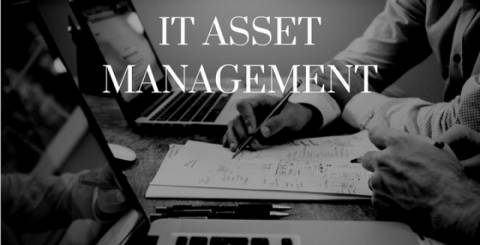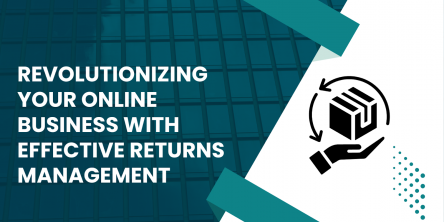IT Asset Management in The Age of Digital Transformation

In today's world of digital transformation, everything has changed into business. Technology is changing the way of business, and every bit of it. It has a strong effect on the way business is handling its assets as well.
What is IT Asset Management?
IT Asset management is a process to manage the components of IT infrastructure of an organization like - processes, systems, devices, control, and balance. It provides a clear insight and control of IT assets in an organization. IT Asset Management does not only mean the management of IT assets, it also involves compliance with audit and regulatory requirements, support for the projects and infrastructure changes and management of asset costs.
Effect of Digital Transformation on IT Asset Management:
In the era of digitization, work time and spare time has been fused into each other. People shop online while working, work while traveling, talk while working and so on. They even want to be auto-managed while they sleep.
With the changing concept of the real world, the importance of assets has been raised obviously. So, any organization will have more and more IT assets to be managed than a few years back.
Not only the devices but the network data, and process also need to be managed efficiently. The increasing pressure of these blended environments is challenging the IT Asset Management every day to survive.
Challenges of IT Asset Management:
To thrive in this digital transformation era, there are many challenges IT Asset Management faces. Here are some:
- There are diverse types of devices including desktops, laptops, kindles, mobiles, and tablets an organization uses these days. With increasing number of devices, the demand for flawless network connectivity is also increased.
- Companies use less physical storage today and more cloud storage. So, IT Asset Management faces a new challenge to manage these cloud based storages.
- Internet of Things (IoT) is taking the place of traditional systems rapidly, and it requires a super fast internet connection to be managed along with many types of physical devices. Therefore, IT Asset Management needs to be adjusted with the increased requirement of IoT.
Business strategies including marketing of a product can be seen changing its paths. People prefer to buy things online these days, everything! To manage that, businesses are increasing their assets to serve customers according to their needs. And as the assets increases, the necessity to manage those assets also increases. Here, IT Asset Management comes into the picture.
To survive in this war-like situation, IT Asset Management has to adjust itself. Here are some best practices that can help IT Asset Management to become productive:
- To manage everything in the lightning fast changing environment, IT Asset Management should have a strategy and a plan.
- Team members should be involved in development and implementation of the IT Asset Management process.
- Every component of each and every asset should be defined.
- Automate most of the process possible, so that manual efforts and errors are less to avoid critical issues.
- Cloud management and IoT should be considered in the very beginning of implementation.
- License management has to be a critical part
- Feedbacks are important from the users
Involvement of technology in the changing lifestyle of us has increased the complexity of managing 24*7 environment and the assets included in it. The new entries like SAAS based applications, IoT, cloud based systems have just made everything smoother as well as more complex. So, the job of managing IT Assets has become challenging. Automation, adopting new technologies and adjustment to changes quickly through constant learning - these can be the key to the success of an IT Asset Management in this era of digital transformation. What do you think by the way?
Similar Articles
Boost your business success with CRM strategies. Learn how to enhance customer relationships, streamline operations, and drive performance with key insights.
Discover effective strategies to reduce employee turnover, improve retention, and build a motivated workforce by enhancing work culture, management, and compensation.
In a rapidly evolving business landscape, knowledge is a vital asset that can propel an organization to new heights. Effective management of this knowledge is crucial, especially when it ties directly to operational efficiency and competitive edge. As such, embracing tools that enhance this aspect of business operations becomes paramount for success
Discover why ongoing professional development is crucial for managers to stay sharp, build leadership skills, and succeed in an evolving workplace.
Due to the dynamic nature of business today, efficiency, flexibility, and access to specialized expertise are major drivers of success. As firms seek ways to stay ahead of the competition, VA outsourcing is a strategic solution that can be implemented. In doing so cooperatively with a virtual assistant outsourcing company, a host of advantages can be gained to project any operation to great heights.
Creating a workplace that promotes employee health and productivity involves more than simply providing comfortable chairs and desks. While these elements are foundational, a comprehensive ergonomic approach addresses a range of factors that contribute to a healthier and more efficient work environment.
Discover effective strategies to seamlessly implement IT management software in your organization, ensuring a smooth transition and optimized performance.
Effective asset lifecycle management is crucial for businesses to optimize resources, reduce costs, and maximize productivity. However, many companies need help to maintain an efficient process.
Unlock success online through advanced returns management strategies. Elevate customer satisfaction and revolutionize your business strategy now!









